
If you’re heading into the wilderness, what survival tools should you take? It depends. Are you planning a typical day trip of hunting or fishing? If so, Jim Baird, a professional adventurer from Aurora, says you should pack a compass, lighter, and metal pot. Those three simple items may make the difference between life and death.
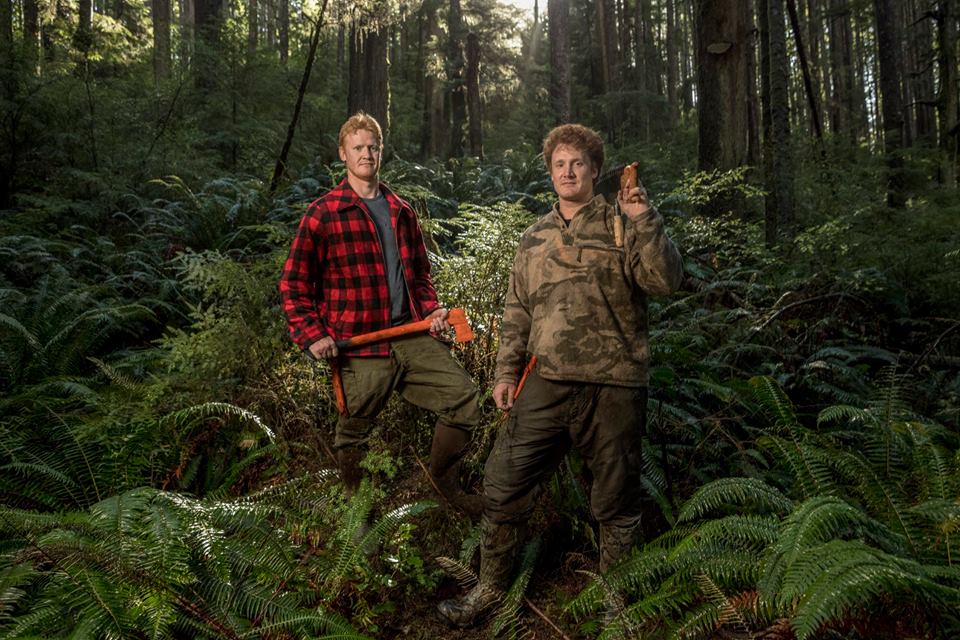
Jim Baird (R) and his brother Ted Baird(L). Photo credit: History Channel.
What about an extended excursion into the backcountry? Insight into what tools will help you stay alive long term can be found in an unlikely place: reality television. Watching what competitors on the popular reality television show Alone packed to survive being stranded on Vancouver Island, or in the wilds of Patagonia, offers valuable guidance for anglers and hunters alike.
Contestants were allowed to bring just 10 tools to tackle everything from building shelters to finding food. Imagine spending 75 days on the damp, windswept coast of Vancouver Island with only what fits in your pack.
That’s how long Baird and his brother Ted lasted to win Season 4 of the popular History Channel program and the $500,000 prize. Here are some items that helped Alone competitors survive months in the wilderness and could help you in a survival situation:
1. Knife – This one may seem obvious, but it’s tough to survive without a general purpose knife. A heavy blade is ideal for food prep, notching wood, cutting supplies, etc.
2. Multi-tool – The uses for this tool, as the name suggests, are endless. Use it to repair your gear, clothes, shelter, and anything else.
3. Metal pot– A necessity for collecting water, making it safer to drink, and cooking. A handle is helpful for hanging it over a fire.
4. Folding saw – Baird regrets packing a big wide tooth saw for cutting large sections of driftwood, and says a small folding saw is a better option.
5. Paracord – A popular item used for building a shelter. The inside can be pulled out and unravelled to make smaller strands – perfect for a homemade gill net.
6. Shovel – Look for a shovel with sharpened edges, which will make it good for bushwhacking, digging traps, carving wood, and scraping hides.
7. Axe – Baird suggests something lightweight and unbreakable. He spray painted his axe orange so it wouldn’t get lost.
8. Ferrocerium fire starter (ferro rod) – Baird recommends packing a fire steel since it works right away and lasts longer than a lighter. (But take a lighter too.)
9. Trapping wire – This wire can be used to build crab traps, small rodent traps, secure your shelter, or even build a boat.
10. Fishing line and hooks -The Alone competitors relied on trotlines and hand lining to reel in food.
At the start of the show, Baird was dropped 16 km inland from Ted. It took him eight days of clambering through dense underbrush and deadfall to reach his younger brother and the ocean. Food was in short supply. Mushrooms foraged from the forest floor barely fuelled his large frame. Once together, the siblings focused on fishing for sustenance and used their collection of implements to build everything from a crab trap to a boat in an attempt to find food.
Having great gear is important, but if you find yourself in a survival situation you also need skills. “The best skill is experience,” says Baird. “Learn not to panic. Learn to be cold and miserable and still have fun.” Baird explains that you need to know the difference between actual hypothermia and just being cold. You need to know what to worry about.
Reading up on survival tips is helpful, but there’s more to it than that. “What books don’t explain is how to do things when you haven’t eaten in five days, have been walking through the woods for eight days, and are dealing with hypothermia,” states Baird.
With the right gear and a tough mindset, you too can survive alone in the wilderness. “We ate stuff that would make most people puke,” says Baird. “I think that is the raw essence of survival.”


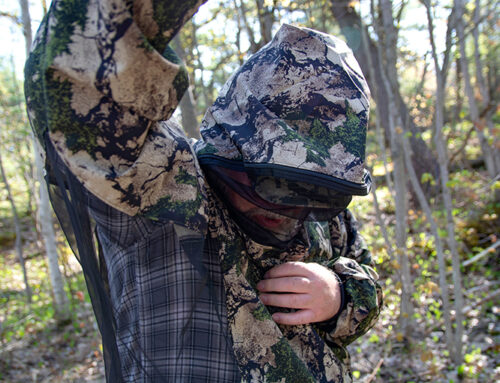
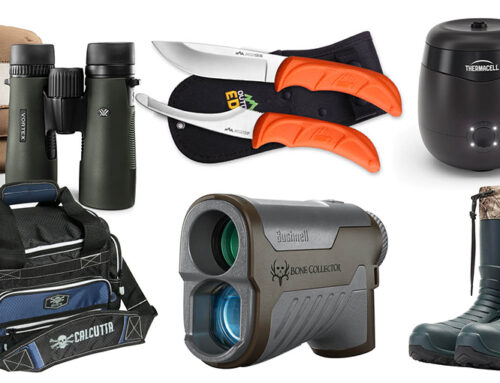
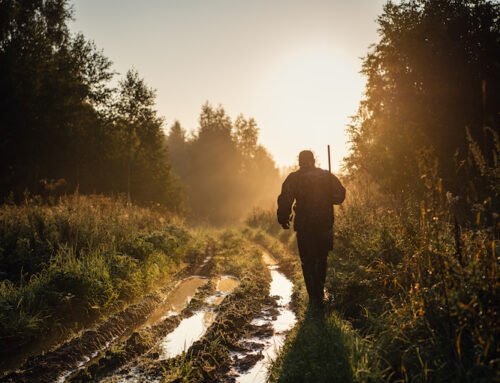
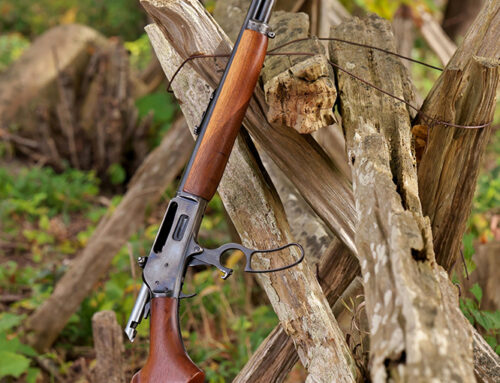
Love your adventures. This question is for Ted. I saw your primitive shelter made from tree bark. You used a chisel machete to pry and chisel the bark..where did you get that particular machete (make,model), and did you modify after purchase?
Again…love those bushcraft adventures and keep ’em coming
Steve,
Ted’s on a trip at the moment, but his brother, Jim, answers:
The machete/knife is made by Ontario Knife Company out of Rochester, NY. It’s called the SP8 Survival Machete. We have no affiliation with them. Here’s the link:
https://ontarioknife.com/products/sp-8-survival-machete?variant=31397374165078
Ted has had that machete for a very long time and we brought it on ALONE with us. I made two paddles with it on the show but that didn’t get on TV, here’s a vid of me making a paddle out of it on another occasion.
https://fb.watch/7ANojd2_1v/
I have a longer form version of this paddle making on my YT channel too if you’re interested in embedding. Here’s the link.
https://youtu.be/pOZdcaR8O9k